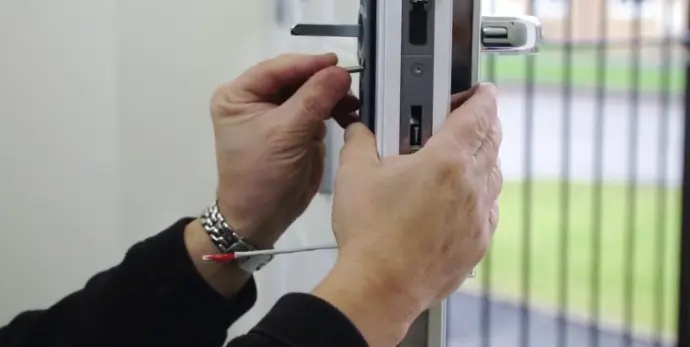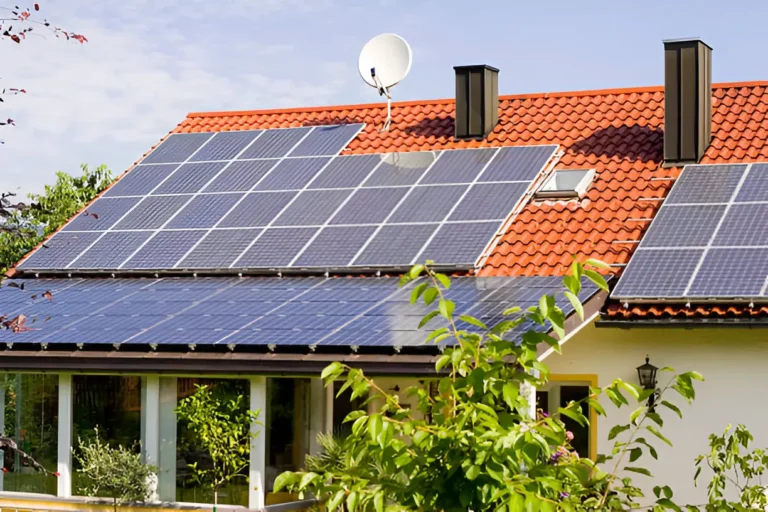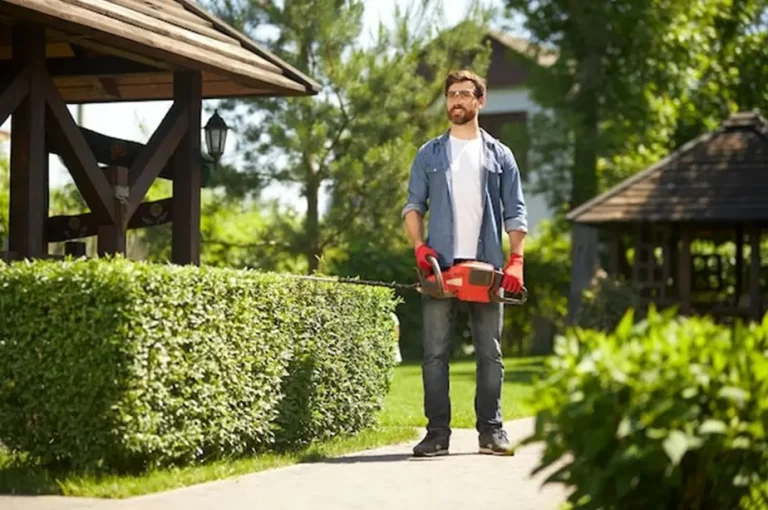Effective Strategies to Prevent Damp and Mold in Your Home
A dry, well-maintained home is crucial for safety, comfort, and health. Dampness can cause mold, damage, and health issues like allergies and respiratory problems. Many problems can be avoided with simple home maintenance, such as controlling humidity, fixing leaks, and proper ventilation. Vulnerable groups like children and the elderly are especially at risk. Early signs like musty smells or stains help prevent costly repairs. Regular checks, understanding moisture sources, and professional help are key. Creating a dry environment keeps your home safe and welcoming.
Understanding the Causes of Damp and Mold
Mold and damp issues primarily stem from sustained excess moisture entering properties, including leaking roofs, faulty plumbing, infiltration from basements or walls, and inadequate damp-proofing. Additionally, high indoor humidity from daily activities such as cooking and bathing plays a role. At the same time, external factors like flooding and poor drainage can exacerbate the problem, often leaving certain areas damp for weeks. Common sources of moisture include roof and pipe leaks affecting insulation and walls, condensation from showers or unvented dryers, and environmental seepage following storms. Quickly identifying these sources is crucial for effective prevention. For long-term protection and remediation, professional restoration services can help address underlying damage and restore affected areas before issues escalate.
Maintaining Optimal Humidity Levels
Monitoring indoor humidity is crucial for mold prevention, with experts, including the U.S. Environmental Protection Agency, suggesting a target range of 30% to 50%. This level minimizes condensation on cold surfaces and inhibits mold spore growth. Recommended strategies to manage humidity include using dehumidifiers in consistently damp areas like basements and bathrooms, installing air conditioning units to control both temperature and moisture levels, and regularly checking humidity levels with a digital hygrometer for continuous monitoring.
Ensuring Proper Ventilation
Stale air can lead to moisture accumulation on walls and windows, promoting mold growth. To prevent this, it’s important to ventilate areas by using extractor fans during and after showers or cooking. Additional recommendations include installing exhaust fans in kitchens and bathrooms, opening windows to circulate air, ensuring clothes dryer vents to the outside, and directing airflow away from moist-prone areas, particularly in spaces with low sunlight or below ground level.
Promptly Addressing Water Leaks
Even minor leaks can lead to significant water damage and mold issues if not addressed. Regularly audit leak-prone areas such as windows, roofs, sinks, and behind appliances. Drying damp spots within 24-48 hours is crucial for mold prevention. Promptly inspect and repair any plumbing or roofing leaks, utilize mops or vacuums for drying, and replace any water-damaged materials if mold appears. Being proactive about leaks is essential to maintaining your home’s integrity and value.
Utilizing Mold-Resistant Materials
Specialized mold-resistant products offer crucial protection in moisture-laden environments, particularly beneficial during renovations or new constructions. Mold-resistant drywall, which does not absorb water like traditional wallboard, is ideal for high-risk areas such as basements, bathrooms, and laundry rooms. Furthermore, using anti-mold paints and primers helps prevent mold spore growth on painted surfaces, thus enhancing safety against mold proliferation. To maximize efficacy, it is recommended to apply anti-fungal paint in high-humidity areas and susceptible corners, and select mold-resistant drywall or insulation materials. These strategies represent a cost-effective investment for regions prone to persistent moisture issues.
Regular Cleaning and Maintenance
Frequent cleaning minimizes organic materials and moisture necessary for mold growth. Establish a vacuuming schedule, particularly for carpets and upholstery, and promptly clean any spills. Focus on HVAC systems to prevent spore circulation. Regular carpet vacuuming, immediate drying of damp surfaces, and professional HVAC servicing are crucial. A well-maintained home deters mold by removing its preferred dark and moist environment.
Monitoring and Controlling Condensation
Condensation, which appears as moisture on windows and walls, indicates high indoor humidity relative to surface temperatures. To control condensation, insulating cold surfaces and opting for double or triple-glazing are essential. Key measures include applying pipe lagging and wall insulation on cold exterior-facing areas, upgrading to double-glazed windows for improved thermal regulation, and wiping down surfaces with condensation daily during damp months. Implementing these strategies can help mitigate recurring indoor condensation and damp issues.
Landscaping and Exterior Maintenance
Exterior upkeep is crucial for preventing water infiltration into homes. Key practices include maintaining gutters and downspouts to direct water safely away, checking for cracks and resealing them, especially before the rainy season, and ensuring gutters and drains are unobstructed. Additionally, reshaping surfaces in yards or driveways can prevent water pooling near walls, while sealing windows and doors and promptly repairing external cracks strengthens defenses against moisture. Implementing these strategies helps protect homes from damp and mold, promoting a safer and healthier living environment for occupants.
Final Thoughts
Preventing damp and mold requires a balanced approach that combines vigilance, proper maintenance, and smart material choices. Each step plays a role in safeguarding your home, from managing humidity and ventilation to addressing leaks and upgrading with mold-resistant products. By staying proactive and attentive to interior and exterior conditions, homeowners can create healthier, longer-lasting living environments free from the costly effects of moisture damage.
Also Read- Modern Farmhouse Curb Appeal: Key Features for a Welcoming Home






